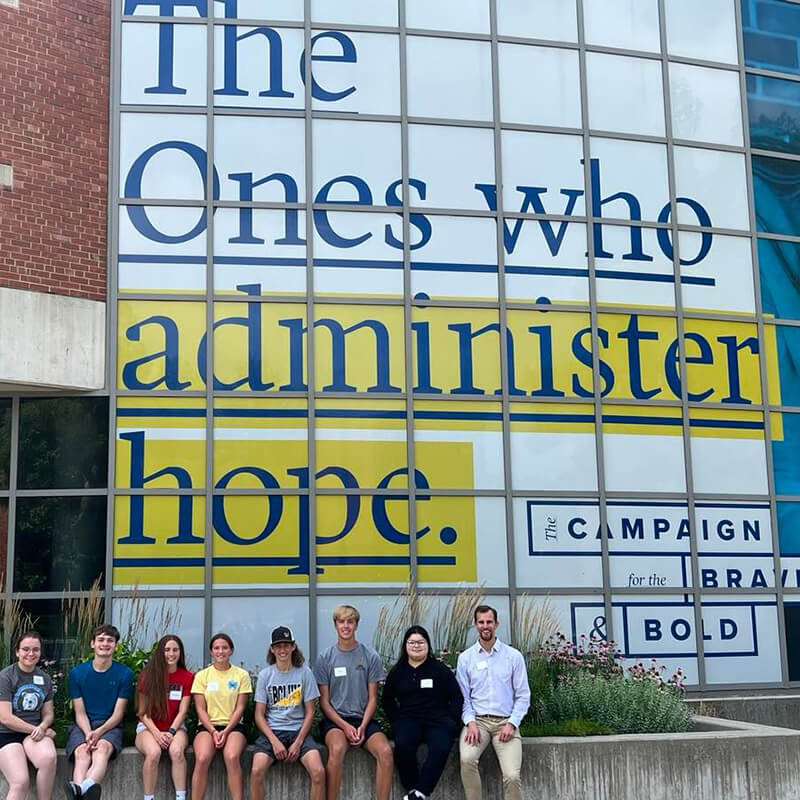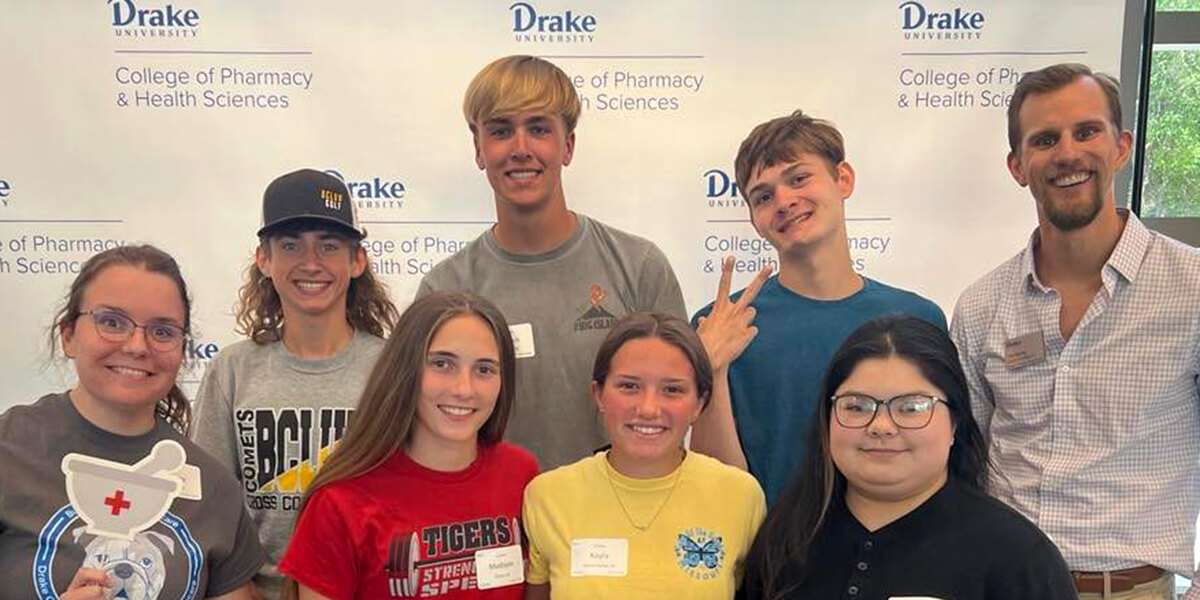Intent on growing the next generation of pharmacists to provide care to rural communities, some schools are focused on creative approaches to building the pipeline.
By Jane E. Rooney
Being a pharmacist often means fulfilling duties that aren’t traditionally part of the job description. Nowhere is that more evident than in rural areas, where healthcare resources can be scarce and the pharmacist may be the sole access point for patients. Bolstering the pharmacy pipeline is critical, particularly for these rural communities that rely heavily on pharmacies for care. Some pharmacy schools have found innovative ways to reach out to potential students and introduce them to the wide-ranging options that a pharmacy career can offer.
The three schools profiled in this article are building relationships with community pharmacies and helping them transform and strengthen their practices. Among the goals are to alleviate lack of access to care and to create pathways that will allow more healthcare professionals to reach underserved populations.
Planting the Seeds
One institution that sets itself apart with a unique approach to strengthening the pipeline is Drake University College of Pharmacy and Health Sciences. Its Cultivate program has a mission to assist rural community pharmacies in transforming their practices through the development of high-quality pharmacy technicians and future pharmacists. Dr. Erin Ulrich, associate professor of social and administrative pharmacy, came up with the idea while working as a Flip the Pharmacy practice transformation coach in 2019. “As I was traveling to rural areas, it became very apparent while working with these pharmacists on bringing them up to speed that the biggest barrier was the rapid turnover of pharmacy technicians,” she said. “Or they were never fully staffed. I would see pharmacists working the cash register. It was hard for them to recruit quality individuals into those support roles.”
Ulrich envisioned a way to help these pharmacies by recruiting high school students to assist with things like inventory and working the cash register, giving young students a positive experience and allowing Drake to be seen in areas where they don’t actively recruit, which she described as a win-win-win situation. The program works like this: Drake identified five CPESN rural pharmacies that wanted to participate. The college reached out to its network of high school science teachers across Iowa to make presentations to 10th and 11th grade students about the pharmacy profession and the Cultivate program, which offers them a pharmacy experience before college. Interested students (the program accepted 12 in the first year) attended a two-day training to prepare them to work part-time for at least six months as a support person or tech trainee at one of the participating rural community pharmacies.
“During the Cultivate program, the first day mostly covers the role of a pharmacist,” Ulrich explained. “The second day is talking about where can you go with a pharmacy profession. I don’t focus that specifically on rural. My goal is to get quality individuals into pharmacy programs. They may be interested in doing remote patient monitoring. These kids are very tech oriented. We talk about what does clinical work in the Cloud look like, how does that support rural pharmacy. We go through all of the categories: community, hospital practice, managed care. The students realize that pharmacy is so much bigger than just community pharmacy. I do think the joy of the profession is there is self-selection bias. Some want to do health informatics. There’s a spot for them no matter what they want to do.”
Thanks to a grant from The Community Pharmacy Foundation, Cultivate is now underway for a second year with the same five pharmacies on board. Six high school students completed the training in July. Ulrich is pleased with the encouraging feedback from participating pharmacists. “They really enjoyed having high school students there. It helped take the burden off,” she noted. “We made some changes to the curriculum based on their feedback—we added some things like having a professional appearance, how do you talk on the phone—some things they thought high school students needed.” Among last year’s 12 participants, one enrolled in Drake’s pre-pharmacy program and another enrolled in the health sciences undergraduate program with the intention of pursuing a nursing degree.
Ulrich said that Drake will apply for another grant to become a coordinating center and assist 10-15 pharmacy schools in replicating the program. “From a college of pharmacy perspective, I hope to see this scaled up,” she said. “It’s a win for the students, the pharmacies, the schools, so it’s really beneficial. [The program allows us to] get students on campus to see the options in a no-pressure situation.” She reflected on another source of inspiration that prompted her to create Cultivate: observing her uncle own and operate a pharmacy in rural Iowa. “I saw my uncle do this, and his technicians worked with him for 35 years. I want to get engaged students in to have a positive pharmacy experience,” she continued. “Whether you go back and work in your pharmacy, or if you choose to stay in your small town or go elsewhere, you know the role of a pharmacist and you know their importance. The long-term goal is to spread the word about the role of the pharmacist and what they can offer to a healthcare team. Helping with staffing is the immediate short-term goal. I want students to have lived a positive community pharmacy experience so they can take that with them no matter what they do.”




